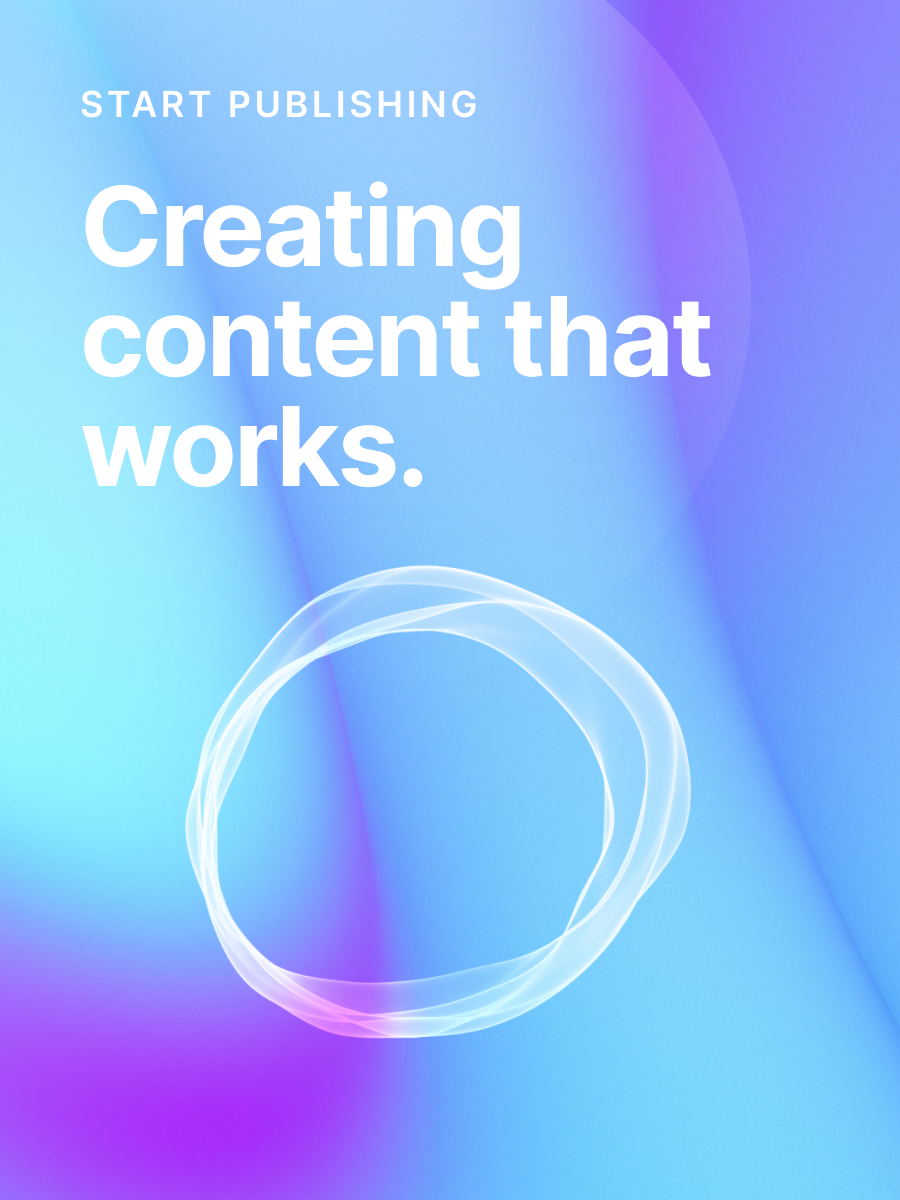🫶 Reassuring your readers
You're not just words on a screen. You're a human with real experiences and emotions, just like your audience. Your content should reflect who you are, so your subscribers know you're the real deal. If they don't feel like they can trust you or aren't listened to, then making the best content in the world won't matter. This week's newsletter is about keeping your readers emotionally satisfied, cultivating subscriber trust, and measuring their happiness. Let's go!
In this week's issue 📨
- Handling customer complaints
- Trust building
- Improve subscriber happiness
Was this email forwarded to you? Subscribe here!
On the mend

If your publication is subscriber-centric, then customer loyalty and happiness should be a big part of the core values of your business model. This ensures that your readers are satisfied ones, but no matter how hard you try to dish out perfect customer experiences, there will be that moment where you receive the dreaded Customer Complaint™. So, when things go left, how do you make it right?
The team at Mailchimp details how to handle customer complaints in the best way so that both parties stay positive.
Listen and empathize
- If a customer comes to you with a problem, it means they want to be heard. The last thing you want to do is brush off their woes and make the situation worse. It's important to listen, align with their emotions, acknowledge the issues, and assure them you'll make it right.
- Stepping into your reader's shoes using empathy is one of the most genuine ways to solve a complaint. This helps you feel why they're upset and see things from their perspective. If your subscribers see you as a real human who actually cares, they'll be more willing to work towards a solution.
Ask and apologize
- After listening to what's bothering them, ask follow-up questions to better understand their stance. The more information you have, the better the solution will be. This also lets the subscriber know you're in tune with them and totally get why they feel the way they feel.
- Once you understand the depth of their troubles, apologize. If you made a mistake or didn't reach set expectations, give them a genuine apology and acknowledge the significance of the situation. Even if you don't feel like you were 100% in the wrong, an apology helps loyal readers stick around.
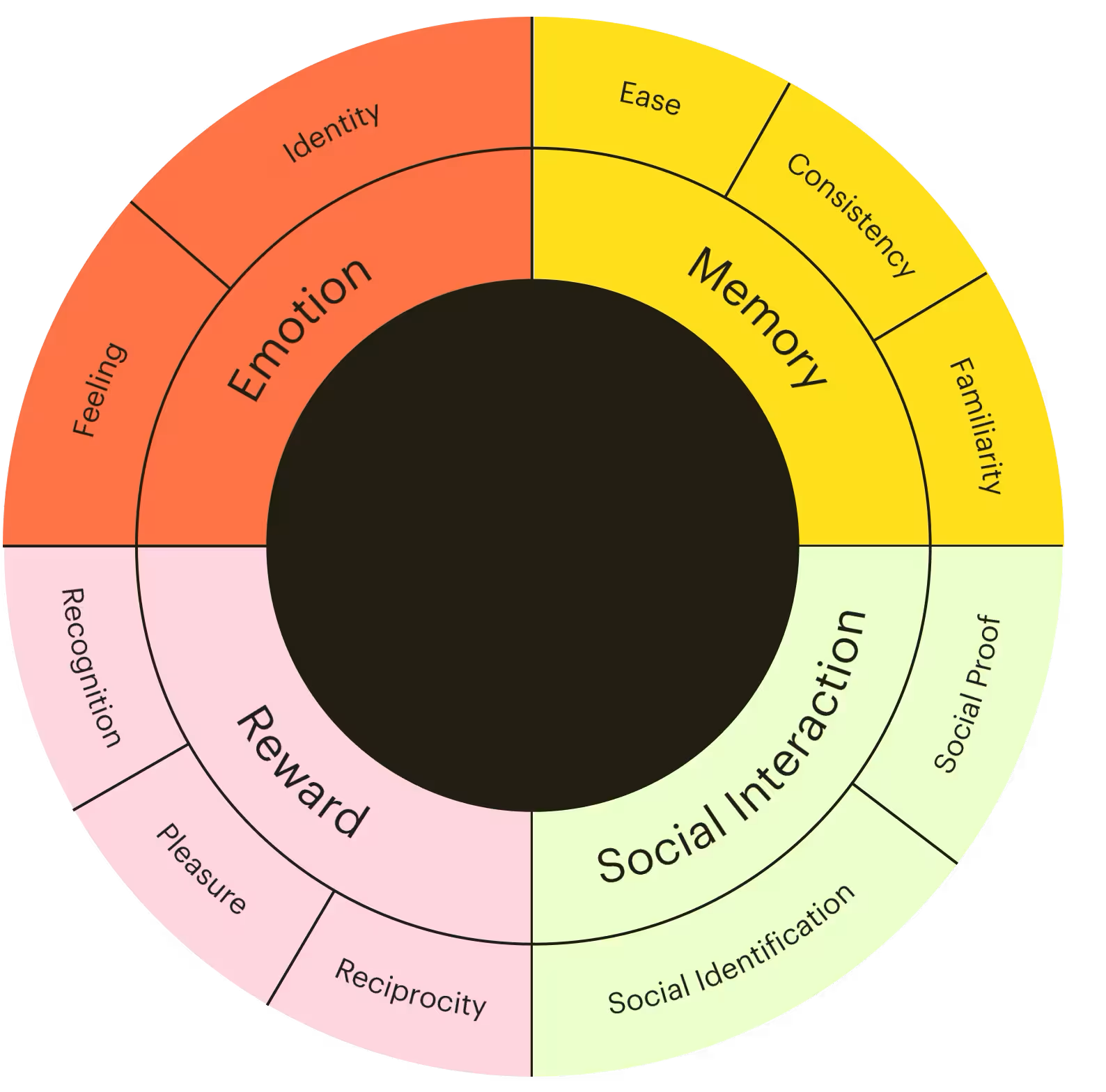
Find a solution
- Communication in the right way is one of the keys to solving almost any piece of negative feedback. If you work with a team, loop them in on what's happening so things get solved faster. This also leads to teachable team moments that can help prevent dissatisfied customers in the future.
- Once all relevant parties are involved, find a swift solution to nip things in the bud as quickly as possible. The longer the issue is drawn out, the less likely you are to solve it. The last thing an unhappy reader wants to do is wait around. A complicated issue can usually be solved with an uncomplicated solution.
Follow up
- Once you've solved things and have left the customer on a happy note, be sure to tie a beautiful bow on everything and follow up with them to ensure you're still on their good side. This shows you weren't just pretending to care in the moment, and you're still thinking about them after the fact.
- Keep a record of everything discussed, what solutions were presented, and how you left the customer. This way, if they return with something else, you'll know what worked and what didn't. Remembering every detail is hard, and keeping a file can help improve your business.
Interesting stories & ideas 📚
- Always having to be on – Jodie Cook
- Finding your thing – The One Minute Blog
- How long does it take to rank in Google? – Ahrefs Blog
- WTF are GEO and AEO? – Digiday
- News is in the eye of the beholder – Nieman Lab
At your word

Do your readers feel like they know you, or do they just read your words on their screens without thinking about who's behind them? If you want a deeper level of success for your publication, your customers need to connect with you on a human level. People love doing business with others they know, like, and trust, so how do you become that person for your audience?
Let's take a look at some strategies successful creators use to build trust with their customers so that loyalty lasts a lifetime.
#1 Share your credentials to show your customers why you're the person to solve their problems. Explain what makes you qualified and why it matters.
#2 Get personal and share the journey that led to where you are now. What are your accomplishments and failures? Invite them to come along with you.
#3 Spotlight what makes you unique by authentically showing off your gifts, imperfections, and opinions. Don't try to be anyone else but yourself.
#4 Use social proof to highlight who already trusts you: share statistics, reviews, and testimonials of current subscribers loving your work.
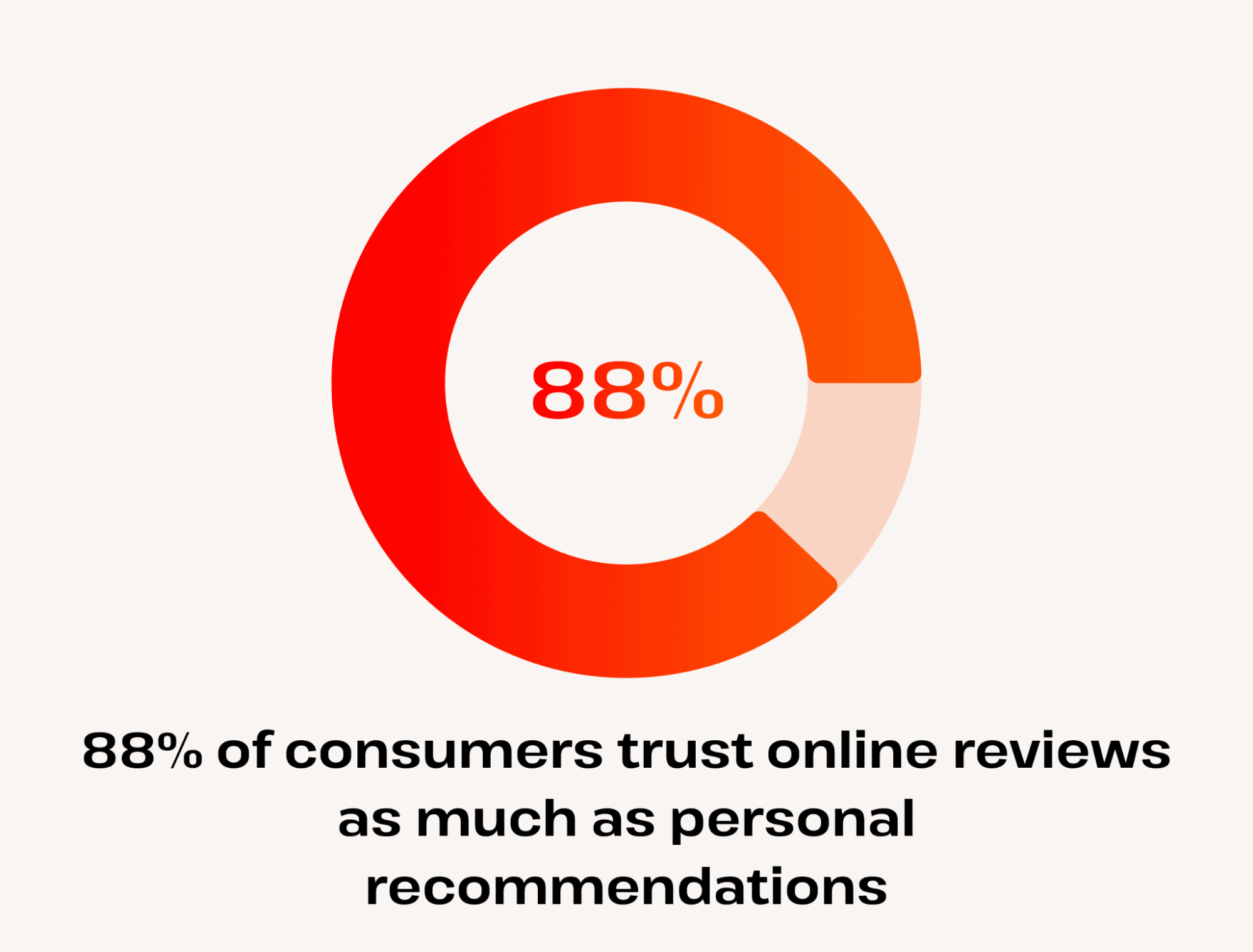
#5 Set expectations that you can meet or exceed every single time. Going above and beyond is one of the quickest ways to build trust with large or small audiences.
#6 Keep your content quality high, no matter what trust-building strategies you decide to implement. Great content will always be king (or queen).
#7 Stay in the game and use patience as a valuable trust-building tool. The longer something has been around, the more likely it is to stick around.
#8 Don't underestimate your subscribers. They'll be able to tell if you're being authentic or not. Keep being real, and you'll attract a real following.
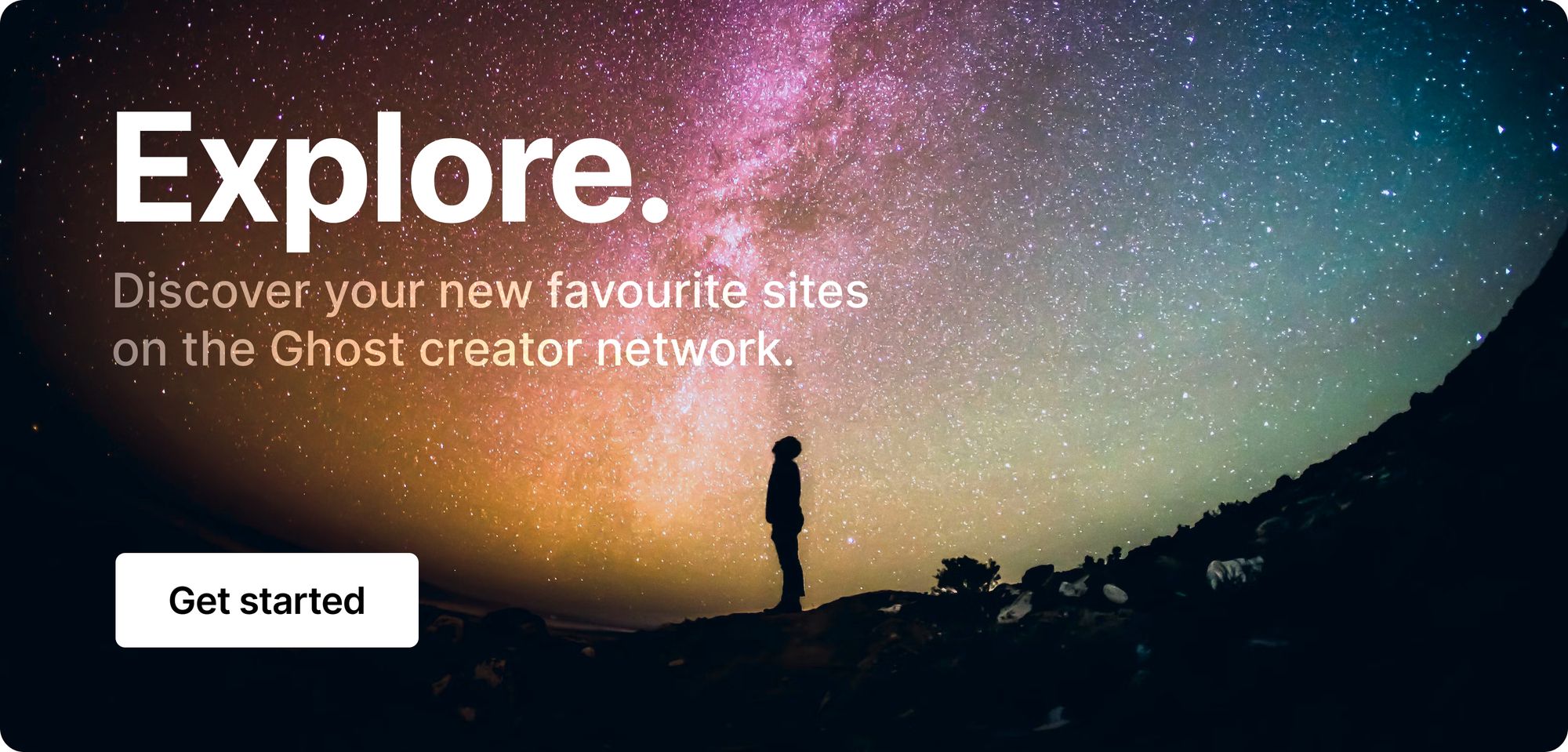
Don't worry

The emotions your readers feel when connecting with your publication should be positive ones. From the moment they discover your work, they should feel all the warm fuzzies. However, you can't please 100% of the people 100% of the time. We're only human after all. So, how do you measure and improve the happiness of your customers to keep the good vibes rolling?
Kinga Edwards, customer experience expert at Survicate, breaks down some actionable ways to improve subscriber happiness to boost brand morale.
‣ Keep collecting feedback using tools like Survicate even when things are going great. Just because you haven't received negative feedback doesn't mean you can't keep improving. By getting ahead of the game, you can start making positive changes before your subscribers even notice.
‣ Always respond to every piece of feedback, especially the positive comments. Your readers just want to connect with you, and throwing you some compliments is how they love to do it. If it's negative feedback, listen and probe for more details so they know you care and aren't just brushing them off.
‣ Close the feedback loop by collecting comments using surveys, analyzing them, acknowledging them, implementing a solution, and following up on how things are working. This helps solidify trust and loyalty within your readership and shows that you mean business when it comes to their happiness.
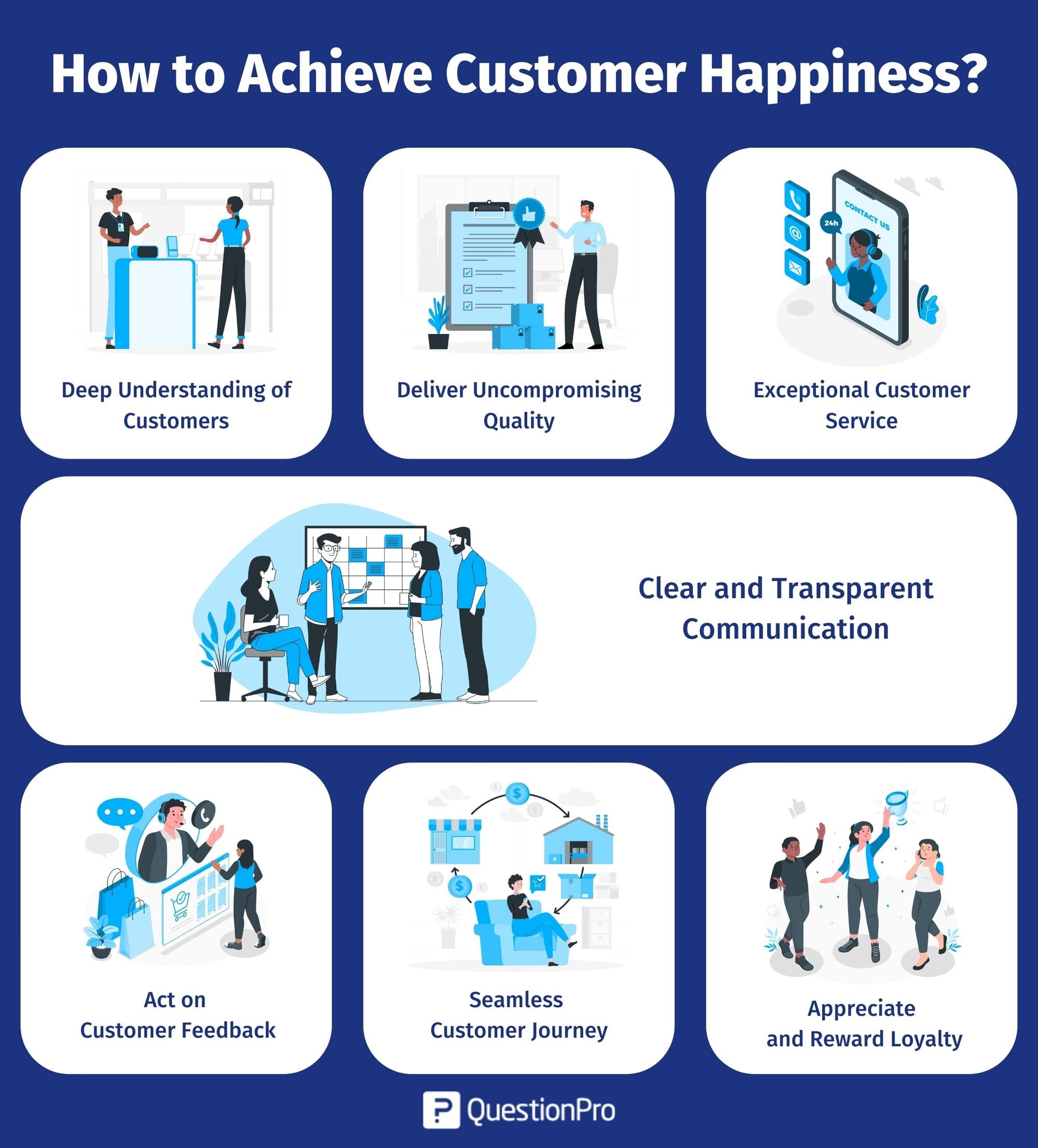
‣ Personalize your customer experience so that each subscriber feels seen. Taking the time to uniquely tailor your interactions with your readers tells them you're not just in it for the revenue. Start by using their name, asking questions to get to know them, and paying attention to all the little details.
‣ Track subscriber satisfaction by sending a short survey after a particular interaction or purchase. If you've released new content or a product and you're not really sure how your audience feels about it, ask them. If it didn't get the attention you thought it would, find out why so you can do better next time.
‣ Reward loyal followers to acknowledge their invaluable impact on everything you do. These are the subscribers who tell everyone about your work and have helped make your success what it is today. Give them exclusive discounts, early access to new content, and VIP invites to exclusive events.
Curator's pick ✍️
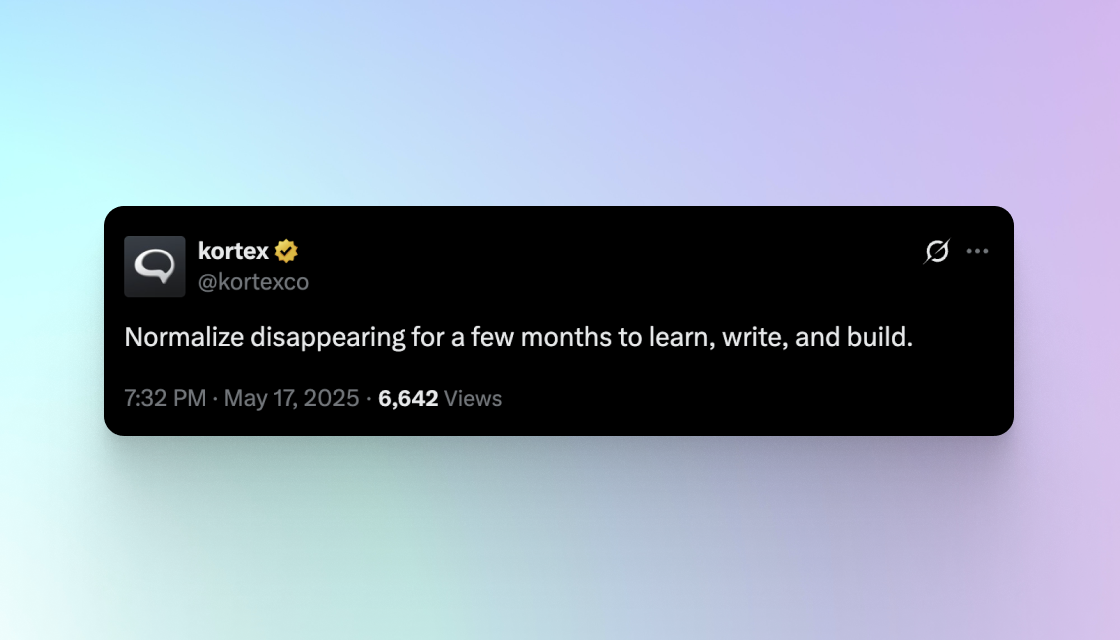
Enjoy this newsletter? Forward to a friend or hit reply to share your thoughts. We don't bite! 👻
Want more how-tos? Search our library of tutorials and subscribe to our monthly "Build with Ghost" newsletter.
Join our Ghost Creator Community! Connect with like-minded people who create content professionally — apply here.




